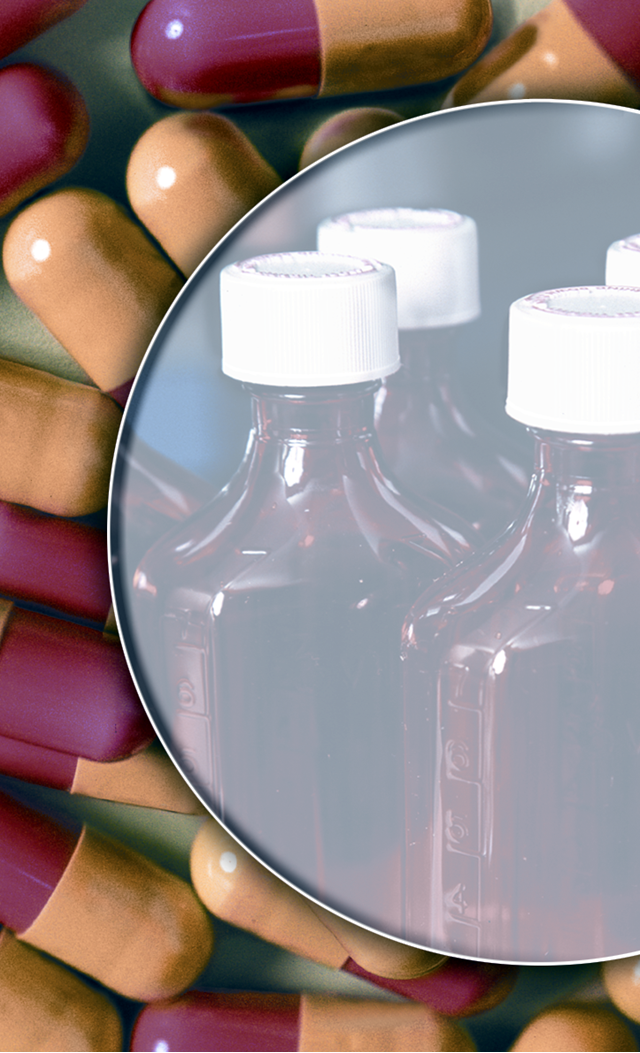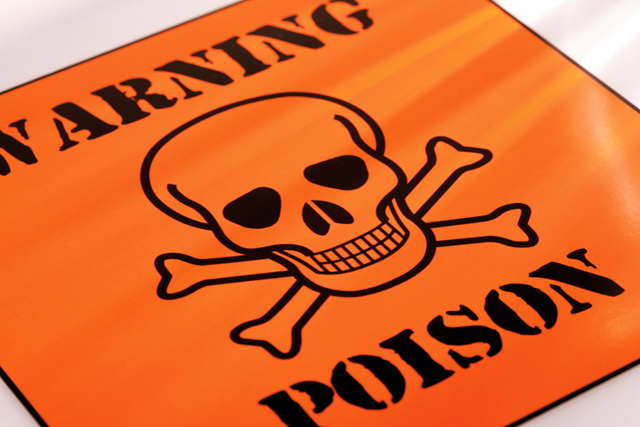Essential Features of Child-Resistant Glass Bottles
By: Berlin Packaging Specialist
Date: January 29, 2020

Manufactured child-resistant packaging helps increase consumer trust by keeping children protected against contact with chemicals, cleaning supplies, and medications. Selecting the right manufactured child-resistant glass bottles and closures ensures product quality and potency, and shows consumers you care about meeting regulatory standards for child protection.
What Qualifies Packaging as Manufactured Child-Resistant?
Manufactured child-resistant packaging is meant to prevent children under five years old from accidentally or intentionally accessing harmful products and injuring themselves. When the FDA tests containers, the U.S. Consumer Product Safety Commission (CPSC) helps to set the criteria. The FDA then checks these requirements against package materials, product stability, and closure design to determine if it meets manufactured child-resistant packaging standards.
Required Features of Manufactured Child-Resistant Packaging
Another area that the FDA checks when inspecting packaging is its suitability for holding a specific product. Glass maintains its structure, so there’s no need for concern about chemical or corrosive products deteriorating the containers. While glass can break, new processing techniques have made it more shatter-resistant, so it’s now more practical for manufactured child-resistant packaging. Using safety caps with child-resistant glass bottles helps ensure they meet CPSC and FDA requirements. Detailed below are a few more must-have features when using child-resistant capable bottles for packaging including safety caps, resealable closures, clear labeling, and puncture-resistant containers.
Safety Caps
Push and turn caps require motor skills that children under the age of five don’t have, making it difficult, if not impossible, for them to open if they are not shown how. This makes push-and-turn caps a crucial tool in creating packaging that prevents young children from gaining access to its contents. Manufactured child-resistant glass bottles and other packaging can also feature a foil seal that requires a strong pulling force to remove it, or a sharp object to puncture it. Seals are difficult to remove for small hands with limited strength. Combining safety caps and seals provides an additional level of access prevention.
Resealable Closures
Bottles and containers need to be child-resistant throughout their use, not just the first time they are opened. A vital part of keeping children safe from products that might harm them is using resealable caps and closures, and there are many options to choose from. Examples of manufactured child-resistant closures for medications, cleaning solutions, and corrosives include pop-top jars, plastic screw tops, and secure caps, just to name a few. 
Clear Labeling Practices
A key component of packaging with manufactured child-resistant bottles is proper label design. Labels for all manufactured child-resistant bottles must state that the container meets child safety standards, or it must be marked elsewhere on the packaging. While most manufacturers include manufactured child-resistant packaging information on labels, it can also be displayed using stickers or stamped or molded on caps. Recommended storage information and contact information for the Poison Control Center should be included in the event of accidental ingestion or contact with corrosive products.
Safety Caps and Puncture-Resistant Containers Help Keep Children Safe
The combination of glass bottles with manufactured child-resistant caps can help keep children from coming in contact with caustic materials that may breakdown the structure of other packaging options. With the correct closure, glass is leak proof and puncture-resistant, which makes it safe for long-term storage. Thicker glass bottles and jars are the most durable for use as part of manufactured child-resistant packaging. Ultimately, the key to truly protecting children from accessing harmful products rests in matching durable packaging with the proper safety closures or caps.
Making sure your manufactured child-resistant containers are made of durable, puncture-resistant materials, have safety caps, offer resealable closures, and are labeled correctly helps ensure consumer protection. Paying attention to these aspects during the design process will also help your company meet CPSC and FDA guidelines.
